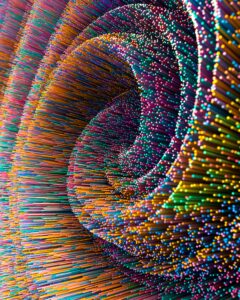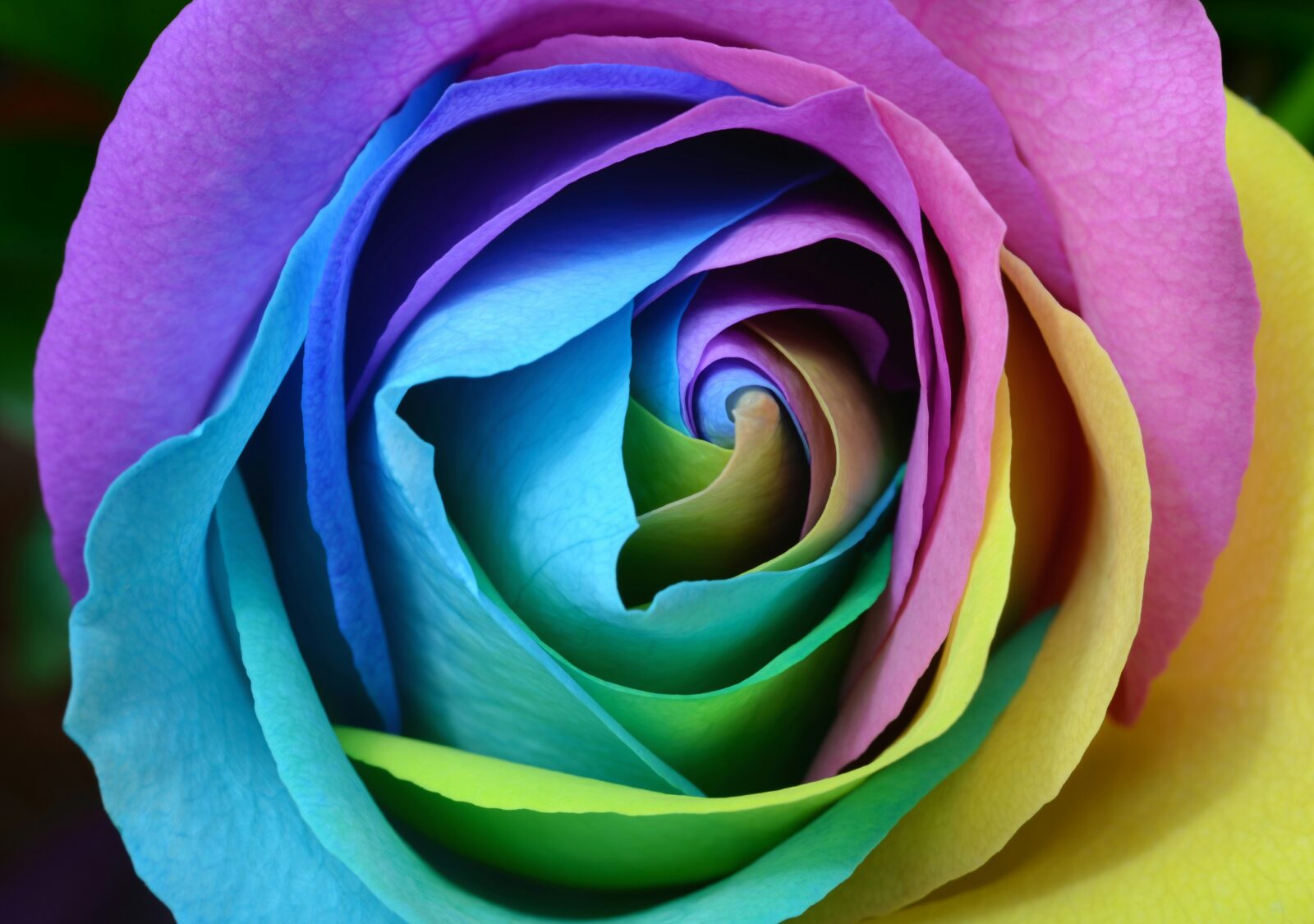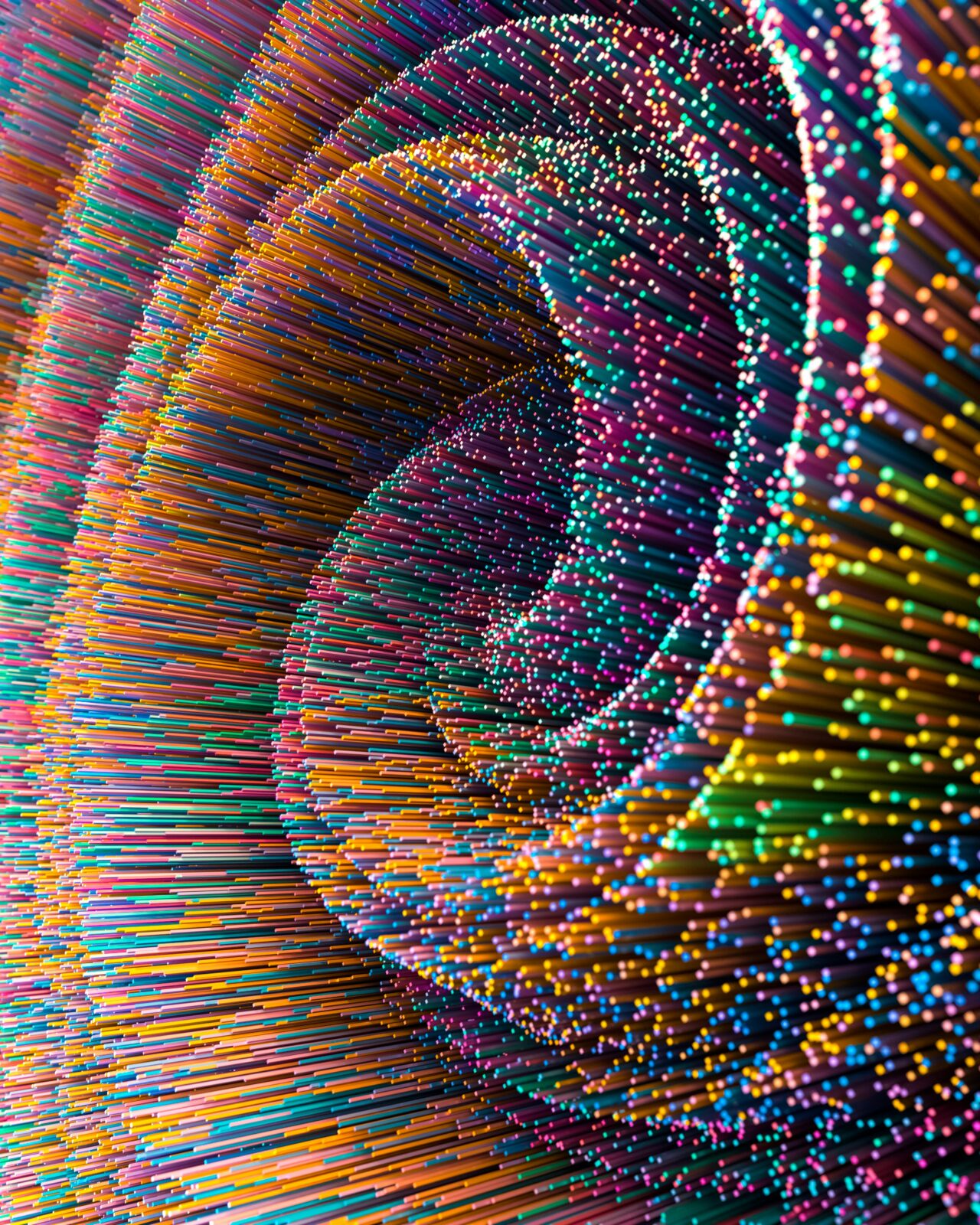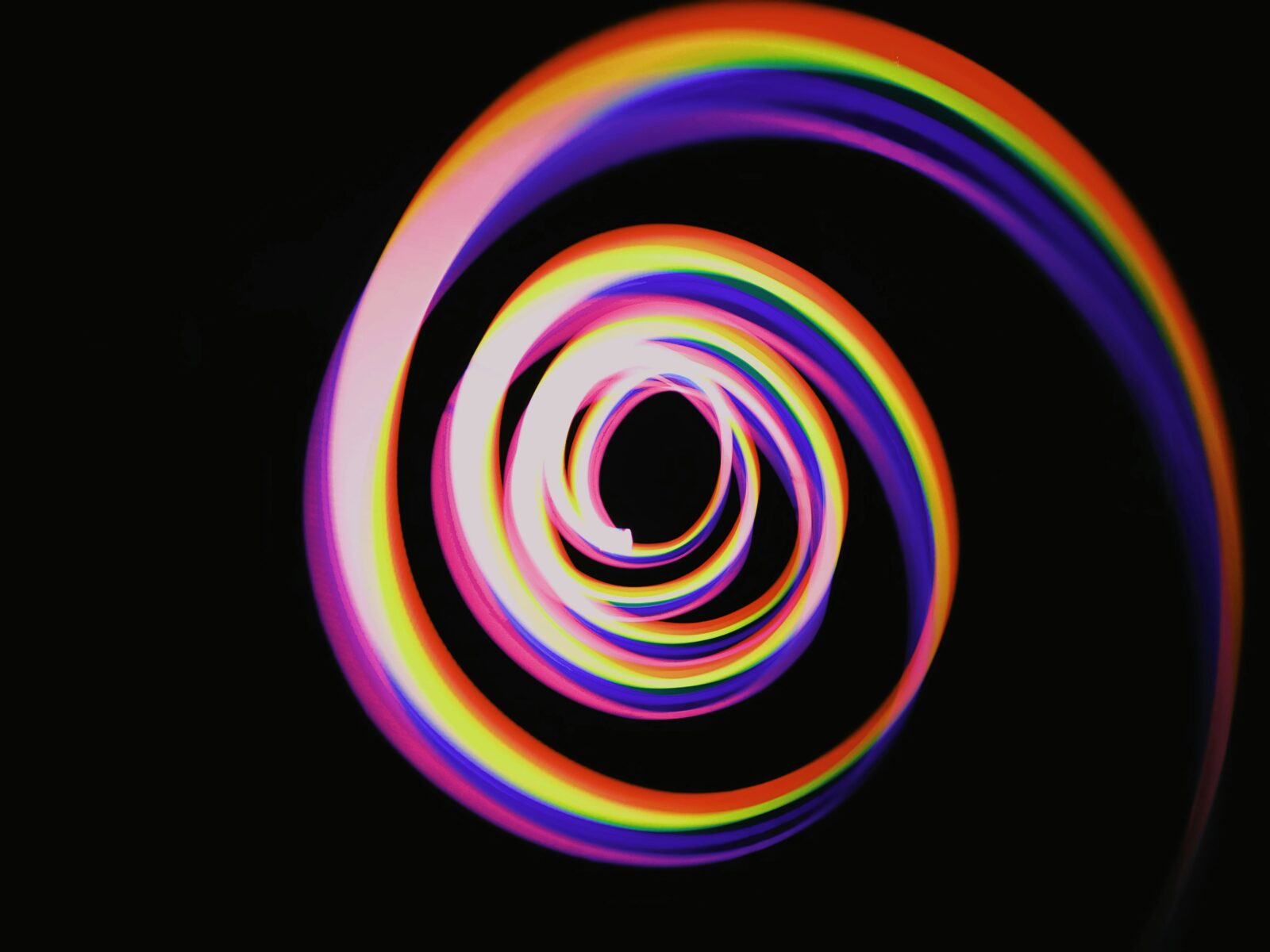
The Conventional Stages of the Arts: Spiral Dynamics Blue, Orange, & Green
The following is the second of three posts that will comprise a complete Spiral Dynamics analysis of the arts. If you’re not familiar with this model of developmental psychology, please check out my overview here. Here’s the first post in this series.
My analysis will cover the Spiral Dynamics stages Purple through Turquoise. My last post featured the “preconventional” stages. This post features the “conventional” stages Blue, Orange, and Green. The following post will feature the “post-conventional” stages Yellow and Turquoise.
Analysis of each stage will feature:
- The basics of each stage, including an overview of its worldview and sphere of concern, core values, motto, and percentage of world population at this stage
- The role of the arts in a society at that stage
- That stage’s approach to the arts
- How the stage views mistakes and success
- A list of examples of art forms at that stage
Blue—“Authoritarian”
Order, rules, transparency. Motto: “I sacrifice myself to a higher goal for a future reward.”
Basics of Blue. Blue is all about order, rules and roles, morality, and a higher purpose. Its worldview is that the world is divinely ordered, and that the “wrong” views are to be punished and the “right” views are to be rewarded. Morally, Blue is collectivist, and its circle of concern extends to all the people of its religion or country. Blue is at its best in its professionalism, dedication, honor, sense of fairness, and service to a good cause. Blue is at its worst in its cold, distant, moralistic attitudes, inflexibility, fundamentalism, anal-retentiveness, and sanctimony. Blue first developed about five thousand years ago and currently comprises thirty-five to forty percent of the world’s population.
The role of the arts in Blue societies. Blue societies are where all our traditional arts institutions have been created. Theaters, arts schools, and artistry as a profession are all aspects of Blue societies, as are our recognizable formal roles of artist-audience and teacher-student.
The Blue approach to the arts. In contemporary arts contexts, Blue shows up as a professional, stable, meticulous, and dedicated approach, the specialization and extensive training in one art form, the reliance on institutional knowledge, the rules of dress and etiquette on stage, the ability to show up on time and get the gig done properly, discipline, self-control, the ability to follow directions, the ability to sacrifice the present for future gain (for example, by practicing small portions of a piece before moving on), the use of a rational, logical, step-by-step approach to learning, perfectionism, persistence, the fear of disappointing parents and teachers, making a distinction between the “right way” and the “wrong way,” the clear communication and enforcement of rules and roles, an emphasis on fairness and justice, the beginnings of compassion for people outside the tribe, a sense of duty or responsibility, and teaching by example.
Mistakes and success according to Blue. For Blue, these are viewed in terms of the rules handed down from authority, law, and tradition, and are viewed in black-and-white, right-or-wrong terms. Blue can, however, tell the difference between intentional and accidental errors, and can sometimes exercise forgiveness for accidental errors. Upon seeing a mistake, someone at Blue might say, “You did it wrong.” Success belongs to those who follow the rules. The primary emotions around mistakes are fear and guilt.
Examples of Blue art forms. Classical music, ballet, opera, cathedrals, literature, arts pedagogy as a study, theater as morality tale, musical notation, professional artistry in general, the development of standardized methods for practice, performance, and teaching, schools that specialize in the arts, the development of standard visual arts forms (portraiture, landscapes, still lifes, etc.), emphasis on lineage, the use of the arts in political ceremonies, religious frescoes, music composed for Mass or other specialized religious ceremonies, hymns, anything that glorifies god and country, and color-by-numbers.
Orange—“Modern”
Competitive, entrepreneurial, being the best. Motto: “I improve myself through clever calculation.”
Basics of Orange. Orange is all about achievement, autonomy, and a focus on improvement. Its worldview is that the world is full of possibilities for improvement and making things better. Morally, Orange is individualistic and because its circle of concern extends to all humans, it is the first stage to recognize universal human rights. Orange is at its best in its innovation, curiosity, autonomy, pragmatism, reliance on rationality over mindless dogma, and entrepreneurial spirit. Orange is at its worst in its lack of emotional connection, opportunism, self-promotion, and lack of concern for others or the environment. Orange first developed about three hundred years ago and currently comprises twenty-five to thirty percent of the world’s population.
The role of the arts in Orange societies. Orange societies see the emergence of secular arts. Artists are regarded as individuals who are striving for success in their field, whether through seeking status, money, fame, or otherwise “making their mark.” Orange arts institutions are driven by the bottom line, and tend to focus on sales, technical advancements, and breaking with stuffy traditions.
The Orange approach to the arts. In contemporary arts contexts, Orange shows up as a focus on individual achievement, enthusiasm, a desire for success through innovation, competitions, desire for profit, showy repertoire, glitz and glamor, gaining social or professional status via technical virtuosity, a focus on the monetary or legal aspects of the arts industry, self-development, a focus on technique that more-or-less ignores the heart, science-based practice or warm-up methods, the use of trial and error to achieve the best results, pragmatically achieving results to move ahead, the development of talent, teaching as mentorship, “SMART goals,” trial and error, a flexible and fun attitude, achievement awards,, and the use of games in teaching to achieve results.
Mistakes and success according to Orange. To Orange, mistakes are irritating glitches on the road to self-improvement, and for which there is no longer a strong moral valence. Orange understands that mistakes happen, but also tends to denigrate people who make mistakes as “losers.” Someone at Orange, upon seeing a mistake, might say, “I don’t like the way you did that.” For Orange, success belongs to those who take risks and who are self-reliant. Orange is very focused on success and achievement in general. The primary emotions around mistakes are fear and anger.
Examples of Orange art forms. The modern recording industry, the use of the arts in advertisements and other corporate contexts, the notion of popular art and music, the emergence of for-profit art, the idea of arts as entertainment, artists as celebrities, the violinist Nicolo Paganini, “The Flight of the Bumblebee,” concertos, the use of perspective, anything science- or research-based, the idea that the arts are “good for the brain,” competitions, anything high-tech, Andy Warhol, Techno, Bebop, Muzak, photorealism, technical drawings, copyright laws, the question: “But will it sell?”, top 40 radio, electronic amplification, a focus on an artist’s image or brand, the use of profanity in lyrics, comedy as a profession, and selling out.
Green—“Postmodern”
Group focus, ideals, social. Motto: “I seek acceptance by the group by sacrificing myself.”
Basics of Green. Green is all about peace, love, inclusivity, and sensitivity. Its worldview is that the world is a habitat where humanity can find love and purpose through connection, sharing, and caring. Morally, Green is collectivist, and its circle of concern extends to all living beings and to the most marginalized people. Green is at its best in its sensitivity, compassion, multiculturalism, egalitarianism, idealism, and tolerance. Green is at its worst in its woolly-headedness, patronizing attitude, tendency towards ideological fervor, fear of setting boundaries, and—paradoxically—intolerance of intolerance. Green first developed about one hundred fifty years ago and currently comprises ten percent of the world’s population.
The role of the arts in Green societies. Green “Postmodern” societies view the arts as mediums of self-expression and tend to denigrate technique, tradition, and—especially—achievement. Green societies emphasize non-hierarchical and multi-cultural arts contexts, and elevate heart over technique (but not always, as is seen with post-tonal music or abstract art).
The Green approach to the arts. In contemporary arts contexts, Green focuses on expressing feelings, building consensus, shared experiences, breaking down barriers, deconstructs and problematizes all traditions, views the development of technique as potentially oppressive and exclusionary, fears appearing to show off, displays a “Just feel it, man” attitude, practicing and creating as an opportunity for self-expression and an investment in the self, an idealistic approach, the idea of an artistic practice leading to personal growth and development, a greater social awareness, a focus on feeling good, a preference for collaboration rather than competition, a preference to engage in “explorations” instead of “exercises,” teaching as mutual understanding and discovery rather than a didactic, one-way transmission of knowledge (e.g. when the teacher says, “In every lesson, I learn just as much as my students”), a sensitivity to different learning styles and abilities, including emotions as a part of the learning process, being a “great listener,” an ability of the teacher to show vulnerability, putting things into perspective, participation awards, wellness-oriented pedagogy, and a heart-centered approach.
Mistakes and success according to Green. For Green, mistakes are viewed with ambivalence. On the one hand, Green can clearly tell when something is wrong according to traditional standards, but it also tends to overlook mistakes due to not wanting to hurt anybody’s feelings. When seeing a mistake, someone at Green might say, “That’s OK! Let’s just try again.” For Green, success happens when everyone feels good or has been included. Green is also the first stage to view mistakes as potentially creative opportunities. Green’s primary emotions related to mistakes are fear, shame, and to some extent, curiosity.
Examples of Green art forms. Drum circles, jam sessions, nonjudgemental improvisation classes, anything multicultural, song circles, atonal and post-tonal music, John Cage, Jackson Pollack, Free Jazz, the use of social media, “process-oriented” pedagogy such as Method Acting, the whole genre of world music, abstract and impressionist painting, improv theater, the play “Waiting for Godot,” Authentic Movement, anything mindful, anything New-Age, anything with spiritual trappings (incense, candles, robes, crystal singing bowls, etc.), arts activism, civil rights-era music, electronic dance music, raves, Burning Man, flash mobs, intuitive drawing, psychedelic art, Phish, the Beatles, and the album “Kind of Blue.”
______
Stay tuned for more blog posts and videos about discovering your creative purpose, creating more freely, and making art that matters!
For more support in this process, download your copy of the Soulforce Arts Starter Kit, a free mini-course designed to help you reconnect with your Soulforce, the transformative energy essential to art that matters. You can access the Starter Kit by signing up for the Soulforce Arts Institute’s email newsletter.
You can also join the Soulforce Arts Community, an online community and learning platform that brings together conscious artists of all kinds and abilities to help you discover a deeper artistic purpose, create free from blockages, and make a better world.
The above post is adapted from Chapter 9 “Spiral Dynamics & the Arts” of my book, “Soulforce: How to Discover Your Artistic Purpose, Create More Freely, & Make Art That Matters,” now available for pre-order.
Joseph Arnold
Violinist, Alexander Technique teacher, and Director of the Soulforce Arts Institute
SoulforceArts.com
SoulforceArts.com/Community
Image credit: Mitul Grover unsplash.com





